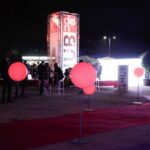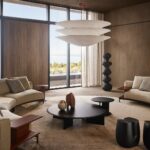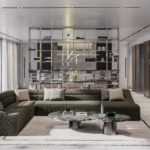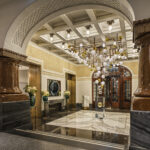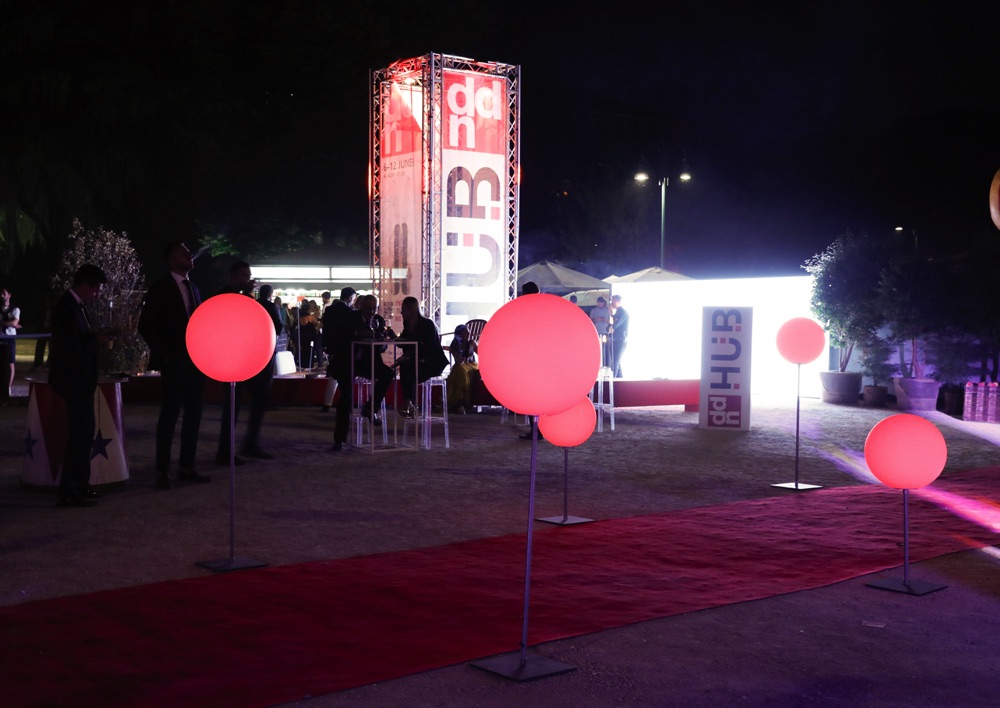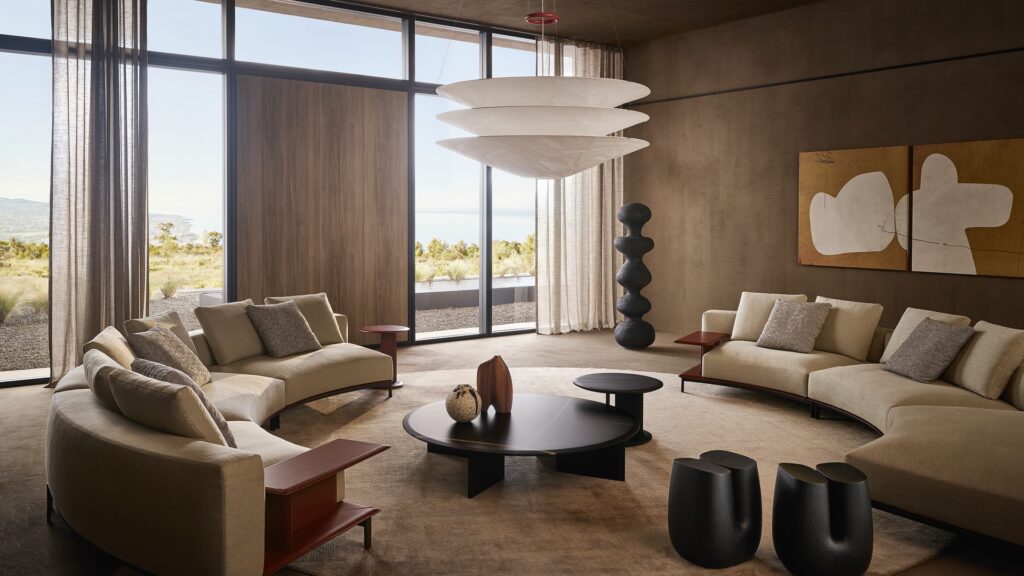Sumaya Dabbagh is one of the few female architects in the United Arab Emirates and one of the first to design a mosque
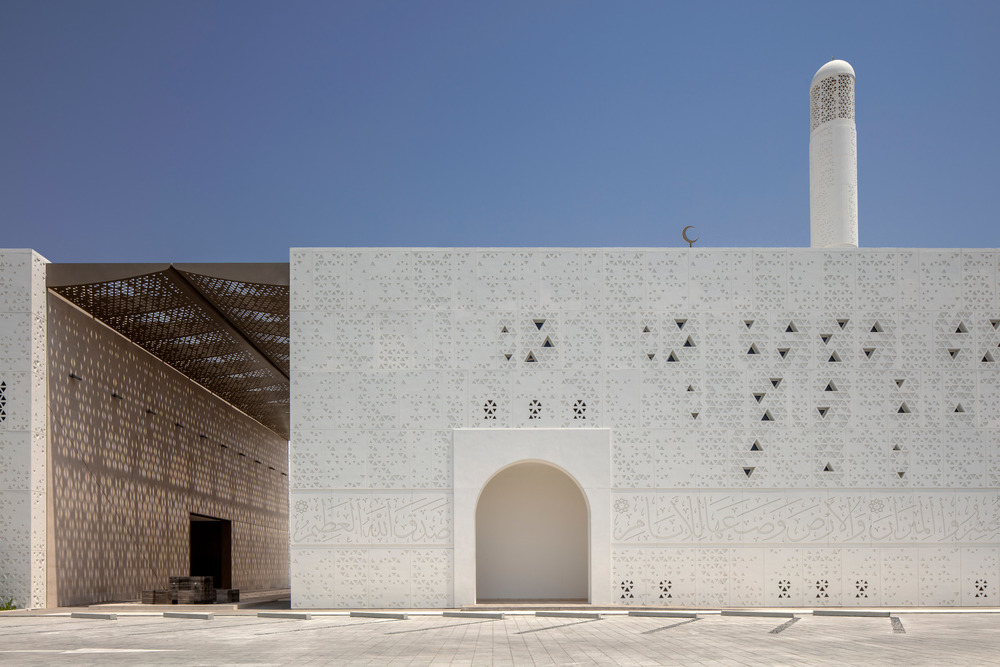
Dabbagh Architects, led by Principal Architect and Founder, Sumaya Dabbagh, has designed the Mosque of the Late Patriarch Mohamed Abdulkhaliq Gargash in Al Quoz, an industrial district north of Dubai. Sumaya Dabbagh was delighted to be assigned this project as it had never before been assigned to a woman.
The talented Sumaya Dabbagh
Sumaya Dabbagh is one of the few Saudi female architects and among a handful of women architects leading their own practice in the Gulf region. Among her most successful projects is Mleiha Archaeological Centre. Built in 2016, this architecture is located in a UNESCO World Heritage Site and was awarded an Architecture MasterPrize in 2020.

A contemporary and sustainable mosque
The mosque built by Sumaya Dabbagh helps worshipers on their journey of purification. Every Muslim who enters a mosque is invited to embark on a spiritual journey of research and connection with the divine, before each prayer. The enveloping and mystical atmosphere of the place is defined by the controlled use of sunlight in the various spaces and the presence of sacred shapes and decorations on both the walls and the exterior façade of the building.
“Creating a space of worship was a very particular design challenge. Prayer is a devotional act. It requires the worshiper to be totally present. With all of the distractions in our modern, busy lives, it can be challenging to quiet the mind and find an inner calm to allow for full immersion into prayer,” says Sumaya. “Through the design, a series of spaces are created that allow the worshiper to transition from the busy outer world and prepare for an inner experience.”
The building was made using locally-sourced materials: stone from Oman; aluminum, concrete, joinery and ceramics from the UAE.
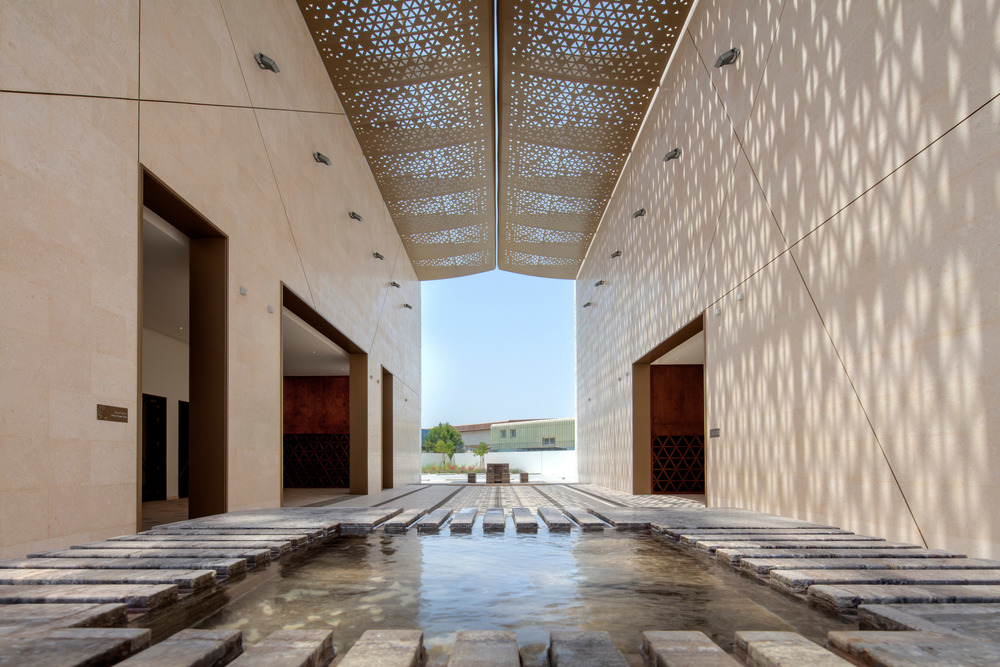
The importance of light
The use of light in its various shades has contributed to increasing the strong sacred value of the place.
Outside the mosque, a perforated pergola controls the sunlight, diminishing its intensity. Once inside, the worshipers are led to the ablution area, where they are invited to wash as a sign of physical and spiritual purification. As the journey continues the worshipers are invited to take off their shoes and read some verses of the Quran. After that, they arrive in the Prayer Hall.
“Muslim prayer is performed throughout the day at prescribed timings: at dawn, midday, afternoon, sunset, and at night. This discipline creates a human connection with the natural day and night rhythm. The experience created through the design of the mosque seeks to enhance this connection through a controlled introduction of natural lighting,” explains Sumaya.
In the mosque the light accompanies the worshipers throughout their spiritual journey: it enters from above through the perforated dome, from the side, and behind the Mihrab, the niche that indicates the direction of Mecca.
Discover the UAE Pavilion at EXPO 2020 Dubai
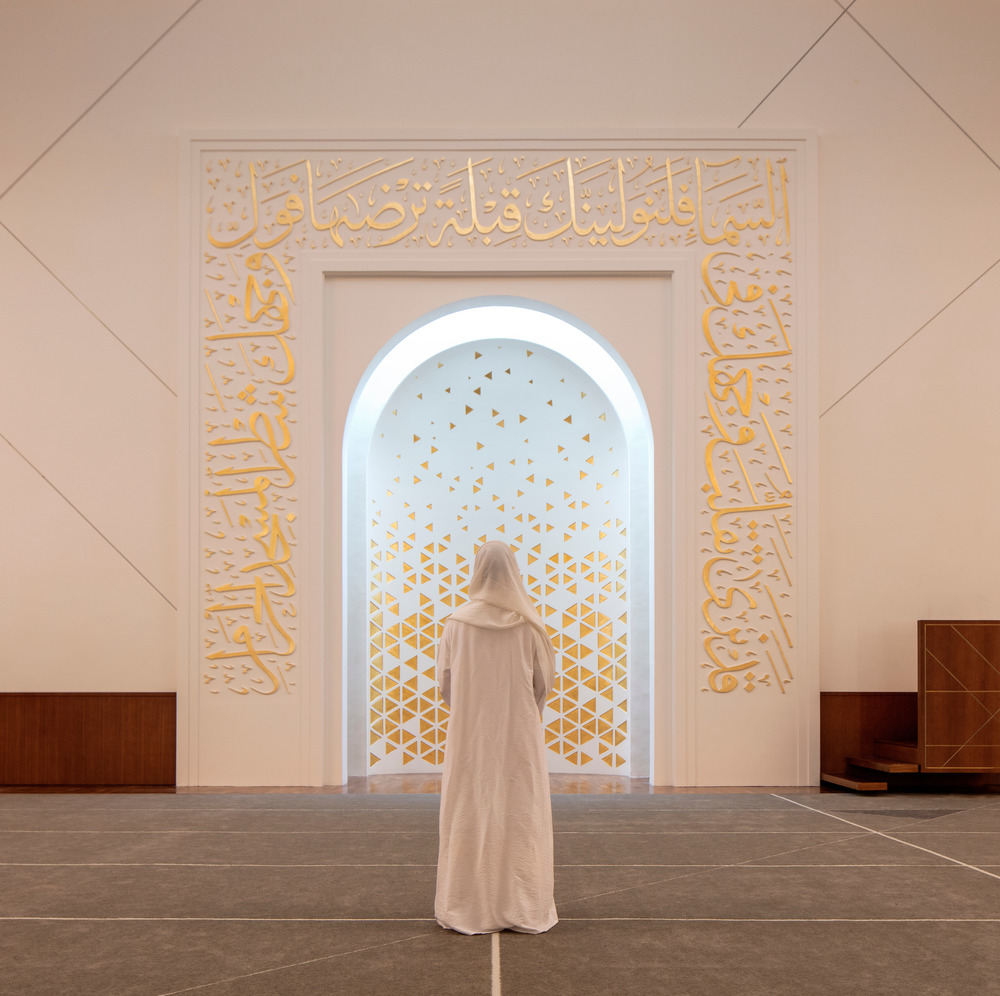
Tradition and innovation
Unlike traditional mosques, this building is divided into only two blocks: the prayer block containing the male and female prayer areas, and the service block with the ablution area and the Imam’s residence. The two blocks are connected by a courtyard with a canopy. Another element contrasting with traditional religious architecture is the separate minaret, the tower characteristic of all mosques.
Both inside and outside the building a triangular pattern that refers to traditional Islamic geometry is repeated and reinterpreted in a contemporary way. A Surah (verse from the Quran) wraps the outside of the prayer hall. The verse, transcribed to protect the place, is composed entirely in saj’, the accented rhyming prose typical of early Arabic poetry, and refers to the sun, the moon, the stars and the sky.
Discover Opus, the futuristic building designed by Zaha Hadid Architects in Dubai

